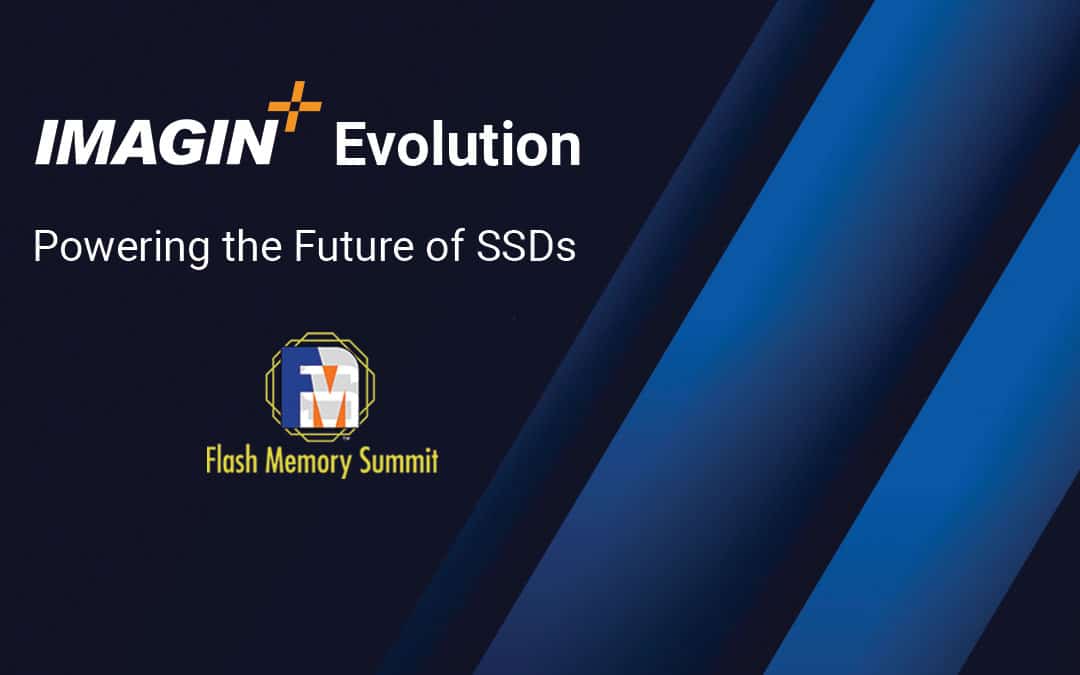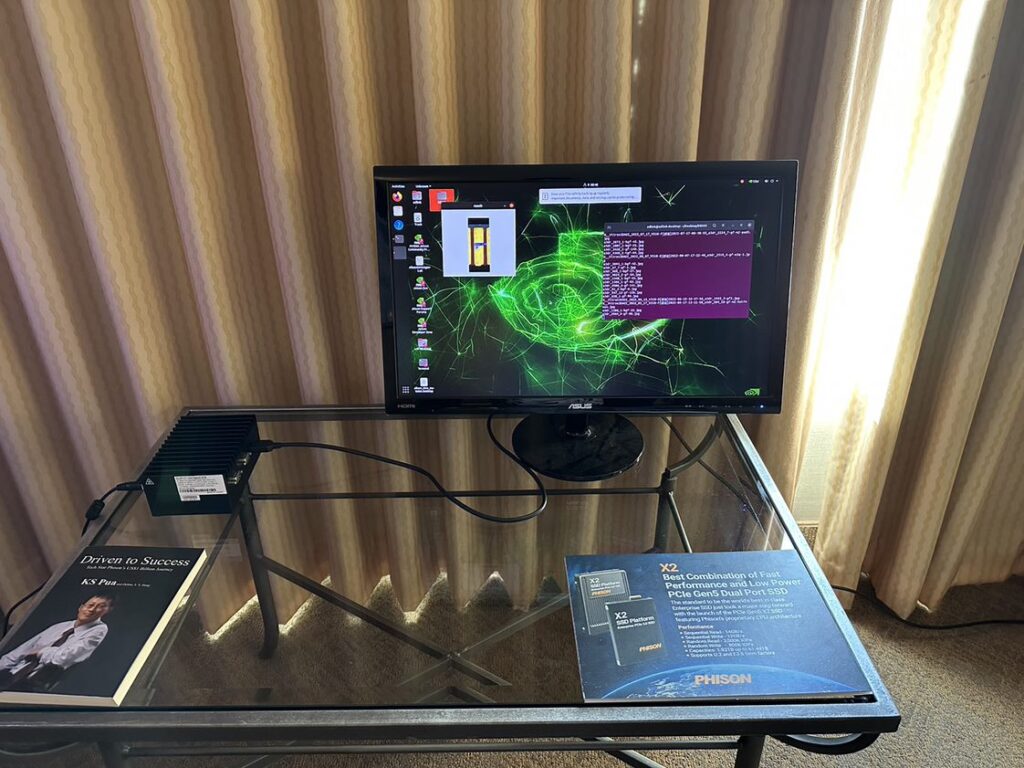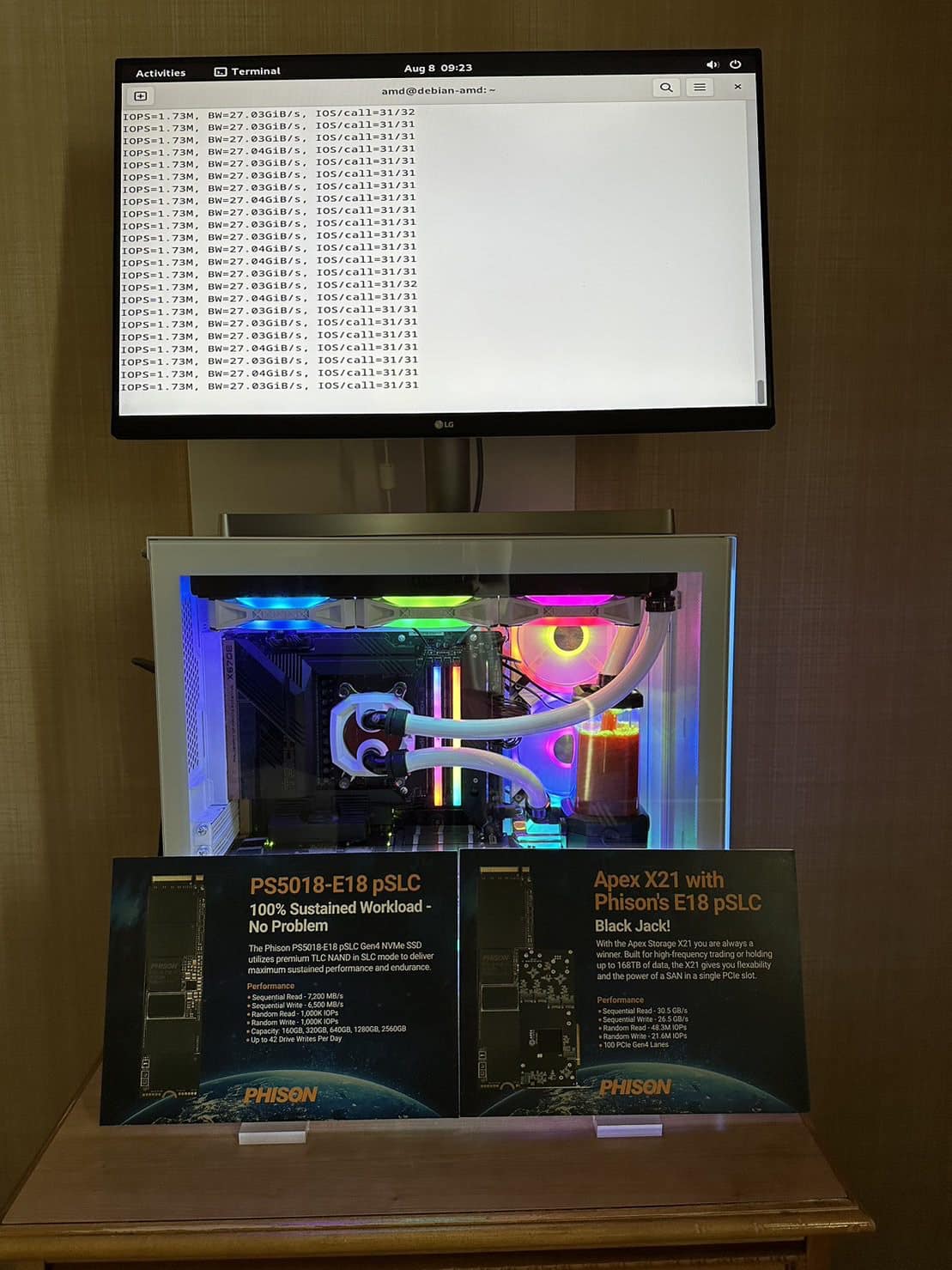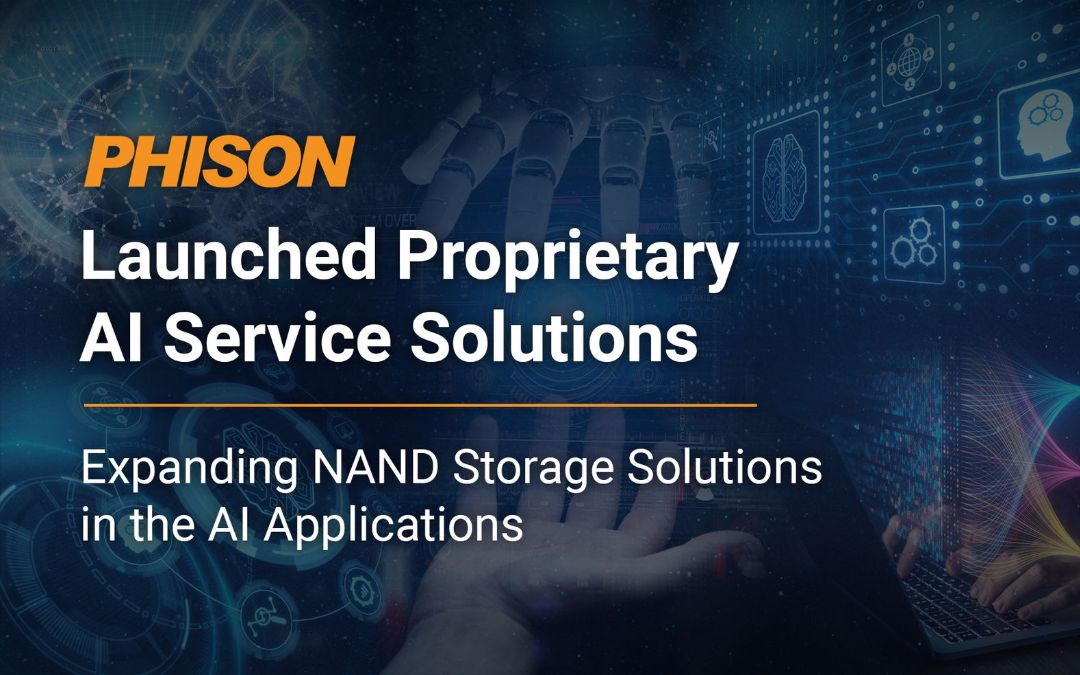At Flash Memory Summit 2023 we wanted to focus on our IMAGIN+ customization service. For the event we displayed products either directly born from the IMAGIN+ program, or used for customer-driven solutions that fall outside the traditional focus for existing SSD products on the market.
IMAGIN+ is a program that ranges from custom ASIC design to simply modifying an existing product to fit very specific requirements. Our most advanced program to date is the custom ASIC known as X1. The X1 program started life on paper with a list of design requirements with our partner Seagate. Seagate wanted a competitive solution for the entire enterprise market that consists of various configurations. The X1 project, also known as the Nytro 5050 Series, spawned an incredible eighty-seven part numbers for Seagate that put the company in a leadership position for high-performance enterprise storage.
The history of products on display at Flash Memory Summit 2023
Below we will talk about the solutions on display at FMS 2023 and give some background on how our customers and partners use these unique products to accelerate workloads.
X2 – Enterprise at the speed of PCIe Gen5
The Phison X2 project is a continuation of the X1 built with partner Seagate. The new X2 project utilizes the power of PCIe Gen5 to surpass 14GB/s allowing datacenters and enterprise servers to double the throughput of existing Gen4 solutions. This allows the companies to either reduce the number of drives in an array, or simply double the existing throughput workload.
X2 delivers more than just sequential performance gains. To date, it’s the only enterprise-class SSD with 3M IOPS for random read and 800K IOPS in steady-state random write performance.
E26 “Max14um” – 14GB/s was always the goal
14GB/s was always the goal for the PS5026-E26 controller. The market has already embraced E26 running at 10GB/s and with the Crucial T700, 12GB/s.
Operating at 14GB/s is much more difficult than it sounds. To reach this level of performance you need more than just 2400MT/s flash. For the most part, you can expect around 1 watt of power for every 1,000 MB/s of sequential performance. The M.2 specification allows for right around 11.55w of power and that is what the connectors are rated for. To reach 12GB/s and 14GB/s, Phison needed to make the E26 much more efficient to stay within the power constraints available in 2023. Our partners trust Phison to get the job done and we do that with the best engineering and R&D teams, as well as working closely with our ecosystem partners.
For E26 “Max14um”, we don’t need to tell embellish the drive because it has already been tested by a leading 3rd party reviewer. You can read the full preview article at TweakTown titled, “Phison E26 Max14um ES 2TB SSD World Exclusive Preview- Fastest in History”. In the article Jon Coulter details the performance of the “world’s fastest SSD” and the exotic cooling system built in collaboration with Frore Systems. You can read more about the award winner of the Flash Memory Summit’s Most Innovative Flash Memory Startup at Frore Systems.
E27T – The Gen4 x4 for modern notebooks and workloads
If you purchased a notebook and took it apart anytime over the last two years, you likely found a PCIe Gen4 x4 M.2 slot filled with a Gen3 SSD. A number of Phison’s partners came to us to design an ultra-low power PCIe Gen4 SSD for use in notebooks and other portable electronics including those that focus on gaming.
E27T fulfills the promise of Gen4 performance in all capable devices. Our solution provides up to 7,400 MB/s read and 6,500 MB/s write throughput with a matching 1.2M IOPS for both random reads and writes. Notebook performance has come a long way and now you can have a low-power SSD capable of delivering desktop performance.
E18 pSLC – The endurance leader for sustained write workloads
The Phison E18 first shipped in 2020. You might wonder why Phison would show a three-year old controller at a trade show known for bleeding-edge technology releases and conversations focused on theory and what may be around the corner.
Not every IMAGIN+ program requires a completely new controller to satisfy a projects design requirement. Phison’s strong leadership with R&D can often quickly reconfigure an existing design to make your company a unique solution that can’t be found “off-the-shelf”.
This is the case with our partner Chia that wanted a high endurance (over 40 DWPD) and small capacity (160GB and 320GB) to keep costs down for an upcoming workload the company will implement in its next release that utilizes the GPU and SSD storage to produce a new plot rather than using expensive DRAM to get the best plot times. The E18 pSLC SSDs deliver sustained write performance at 6,500MB/s, exactly what Chia needs for the next generation proof of space mining.
aiDAPTIV+ – New AI architecture optimizes SSD for AI workloads
Finally, Phison showcased the recently announced expansion of its IMAGIN+ service – aiDAPTIV+. Our aiDAPTIV+ architecture integrates SSDs into the AI computing framework and expands NAND storage solutions in the AI application market.
At FMS, we discussed the first application of aiDAPTIV+: the world’s first mass-produced Artificial Intelligence-Automated Optical Inspection (aiDAPTIV+ AOI) system. Phison’s aiDAPTIV+ AOI is an AI-enhanced vision computing platform that improves detection accuracy while eliminating delays and costs associated with instability caused by human inspection.
By structurally dividing large-scale AI models and collaboratively running the model parameters with SSD offload support, aiDAPTIV+ maximizes executable AI models to take full advantage of limited GPU and DRAM resources. The approach effectively reduces the hardware infrastructure cost required to provide AI services. In addition, with AI mechanisms integrated into the design of NAND controllers, Phison enhances product performance and reliability.
Initial customer deployments have improved the accuracy of manufacturers’ existing AOI systems and reduced the escape rate caused by human errors to below 10 defective parts per million, increasing throughput rates to more than 99 percent.














